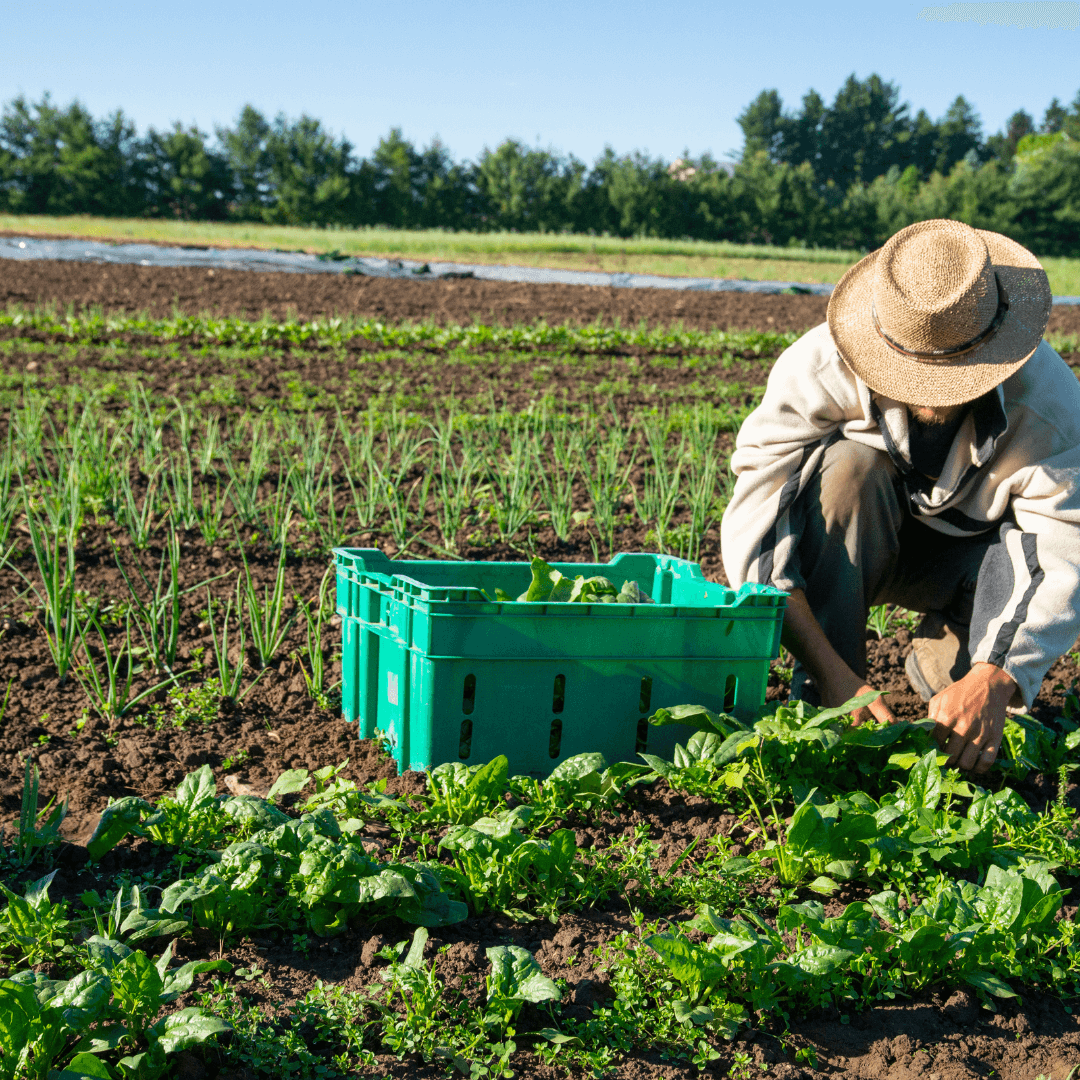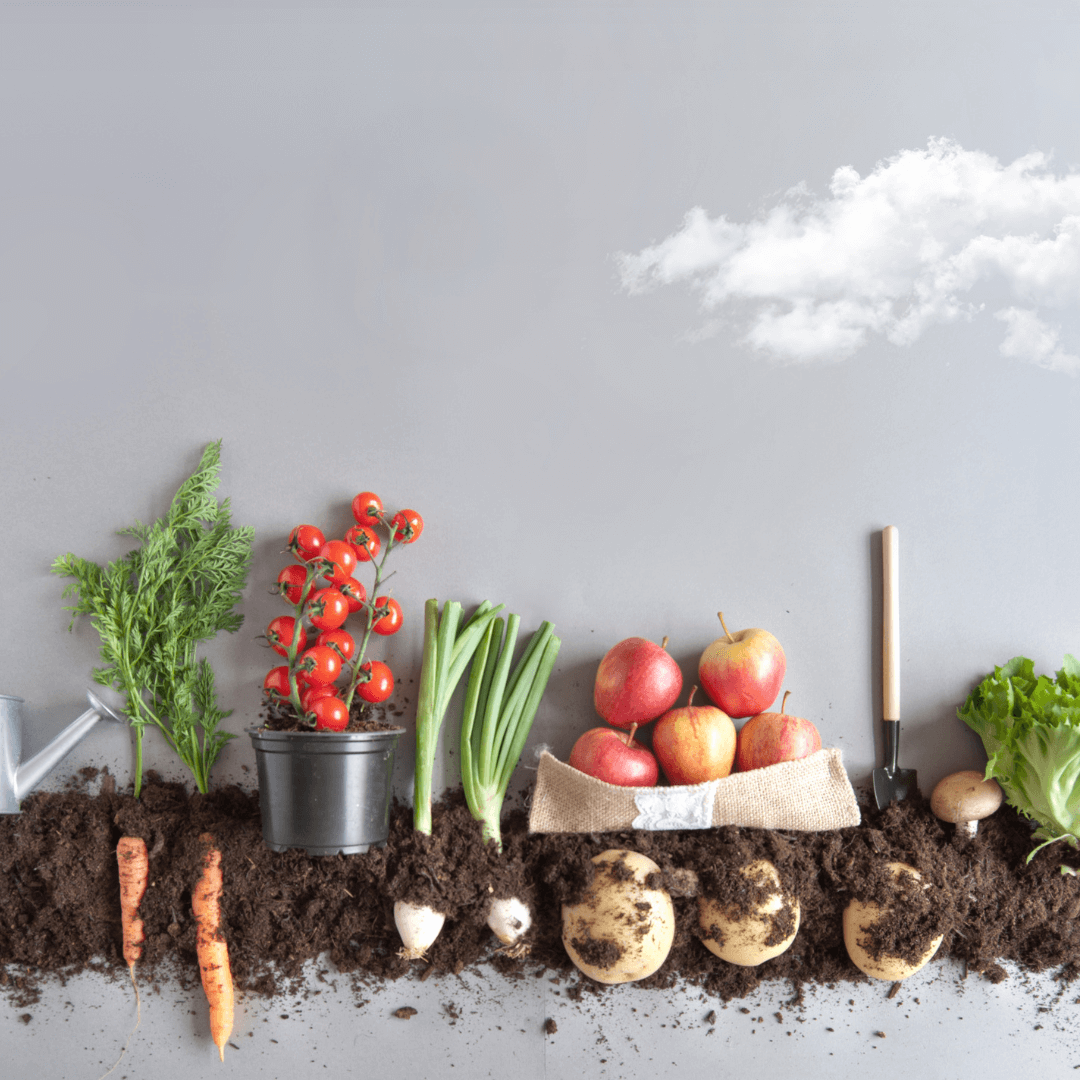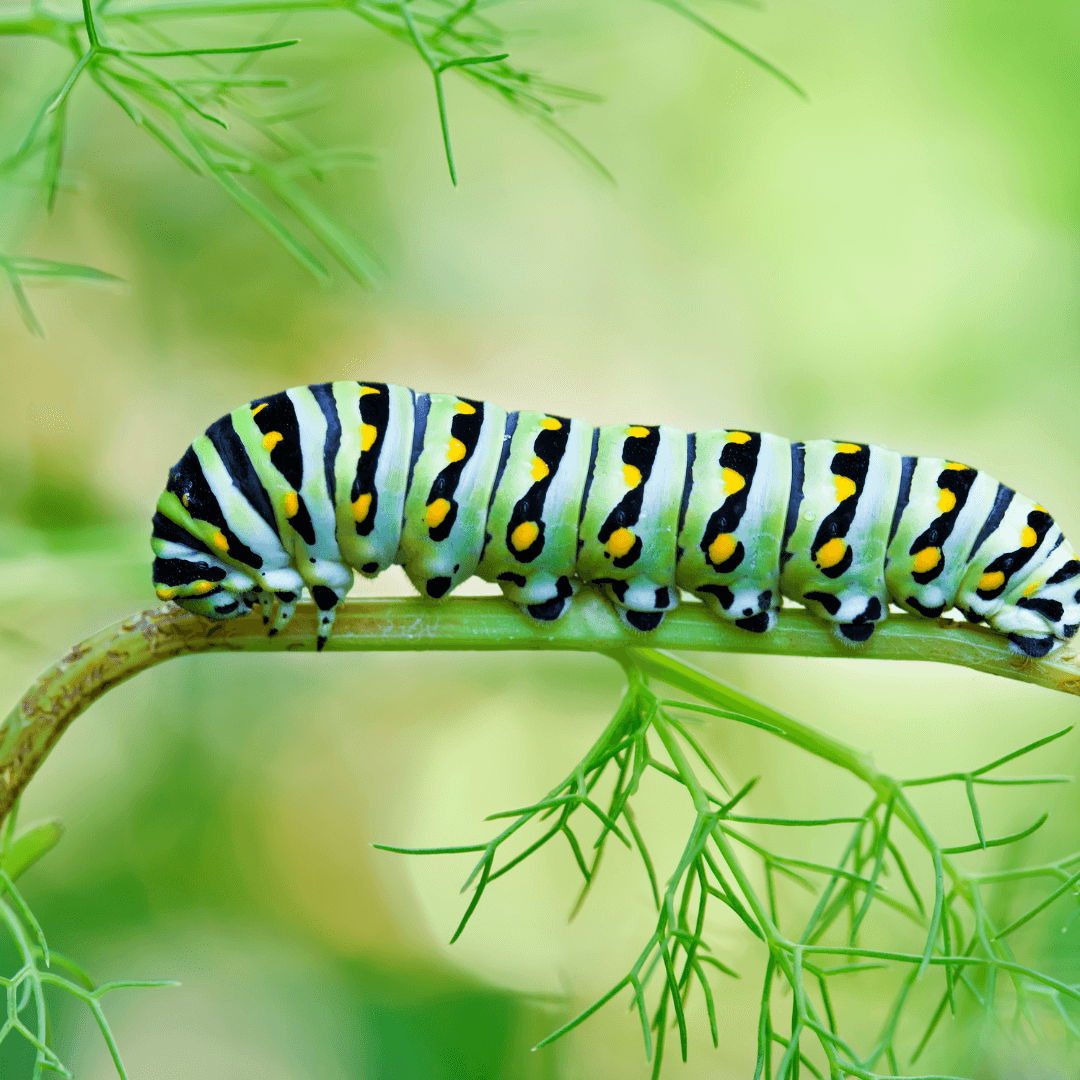Hello, fellow garden enthusiasts! I'm a passionate gardener who loves to experiment with new gardening techniques. Today, I want to share with you my experience and knowledge of container vegetable gardening, an ideal approach for gardening beginners and those with limited space. This step-by-step guide will help you understand how to do container vegetable gardening, and with a bit of practice, you'll be growing vegetables like a pro!
1. Choosing the Right Containers
When starting your container vegetable garden, selecting the right container is crucial. Here's what you should consider:
- Size: The container should be at least 12 inches deep and wide enough to accommodate the types of vegetables you intend to grow.
- Drainage: Ensure there are holes in the bottom for excess water to drain out. This prevents waterlogging, which can damage plant roots.
- Material: Plastic pots are lightweight and retain moisture well, while terra cotta pots are porous and allow the soil to breathe. Both options have their advantages, so choose according to your preferences.
2. Selecting the Perfect Potting Mix
A high-quality potting mix is essential for growing vegetables in containers. Avoid using garden soil or soil from your yard, as it may be too heavy and lack proper nutrients. Instead, choose a potting mix with the following characteristics:
- Good drainage to prevent root rot
- Adequate moisture retention to keep pots from drying out too quickly
- Rich in nutrients to support plant growth
You can find a wide variety of potting mixes at your local gardening store or even at some grocery stores.
Vegetable Seed Vault Kit | 35 Variety Pack
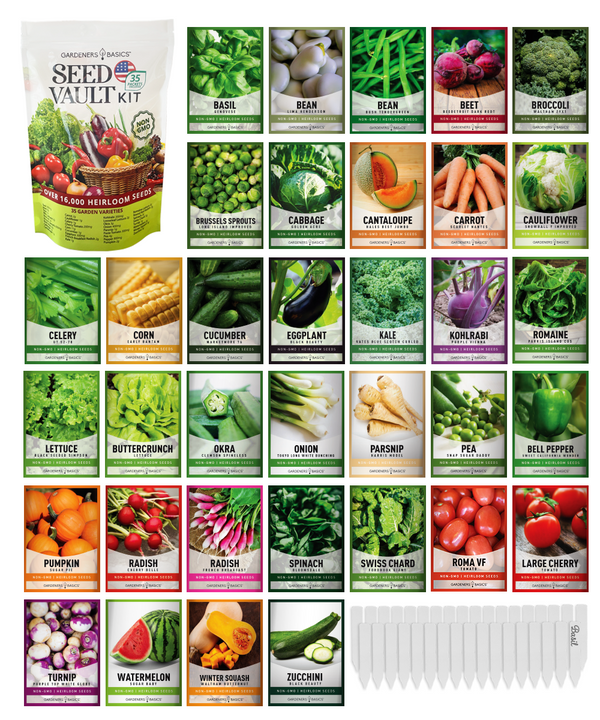
$29.95
$49.95
Ultimate Survival Seed Vault: 16,000+ Non-GMO Heirloom Vegetable Seeds for Emergency Preparedness Introducing the Seed Vault Kit, your all-in-one solution for emergency preparedness and sustainable gardening. This premium seed kit contains over 16,000 non-GMO, Heirloom, Non-Hybrid, and Open Pollinated seeds,… read more
3. Choosing the Right Vegetables
For successful container vegetable gardening, select vegetables that thrive in smaller spaces. Some popular options include:
- Leafy greens (lettuce, spinach, kale)
- Herbs (basil, parsley, cilantro)
- Cherry tomatoes
- Peppers
- Radishes
- Carrots
- Onions
- Beans
- Summer squash
Remember to choose vegetables that you enjoy eating and that grow well in your climate.
4. Starting Seeds
When starting seeds for your container garden, you have two options: start them indoors or sow them directly into the containers. Here's what to do for each method:
- Indoors: Sow seeds in small seedling trays or pots filled with seed-starting mix. Keep them in a warm, well-lit area and water regularly. Transplant the seedlings into larger containers once they have developed true leaves.
- Direct sowing: Fill your container with potting mix, leaving about an inch of space from the top. Follow the seed packet instructions for planting depth and spacing, and cover the seeds with potting mix. Water gently and regularly until the seeds germinate.
5. Providing Adequate Sunlight
Most vegetables require full sun, meaning at least 6-8 hours of direct sunlight per day. Place your containers in a sunny spot and rotate them occasionally to ensure even growth. If you don't have a suitable outdoor area, consider using grow lights to provide supplemental lighting.
6. Watering and Fertilizing Your Container Garden
Proper watering and fertilizing are essential for growing vegetables in containers. Here's what you need to know:
- Watering: Check the moisture level of your pots daily, as pots dry out faster than in-ground gardens. Water thoroughly when the top inch of the soil feels dry to the touch.
- Fertilizing: Use a balanced, water-soluble fertilizer every 2-4 weeks, following the package instructions. Over-fertilizing can harm your plants, so be cautious not to overdo it.
7. Monitoring and Managing Pests
Pests can be a challenge in container vegetable gardening, but with regular monitoring and proper management, you can keep them at bay:
- Inspect your plants regularly for signs of pests or diseases.
- Use organic methods, such as neem oil or insecticidal soap, to control pests.
- Encourage beneficial insects, like ladybugs and lacewings, to help manage pest populations.
- Remove and dispose of any diseased or infested plant parts to prevent the spread of problems.
8. Harvesting and Enjoying Your Homegrown Vegetables
One of the best parts of container vegetable gardening is enjoying the fruits (or veggies) of your labor! Here's when to harvest your vegetables:
- Leafy greens: Harvest outer leaves when they reach the desired size, or cut the entire plant at the base for a one-time harvest.
- Herbs: Snip off stems as needed, taking care not to remove more than one-third of the plant at a time.
- Root vegetables: Harvest when they reach the desired size, usually 2-3 months after planting.
- Tomatoes and peppers: Pick when they have reached their full color and are slightly soft to the touch.
- Beans and squash: Harvest when they reach the desired size and are still tender.
Remember, many vegetables continue to produce throughout the growing season, so keep watering, fertilizing, and monitoring your plants for a continuous harvest.
Seed Safe Survival Seed Kit - 35 Variety Pack
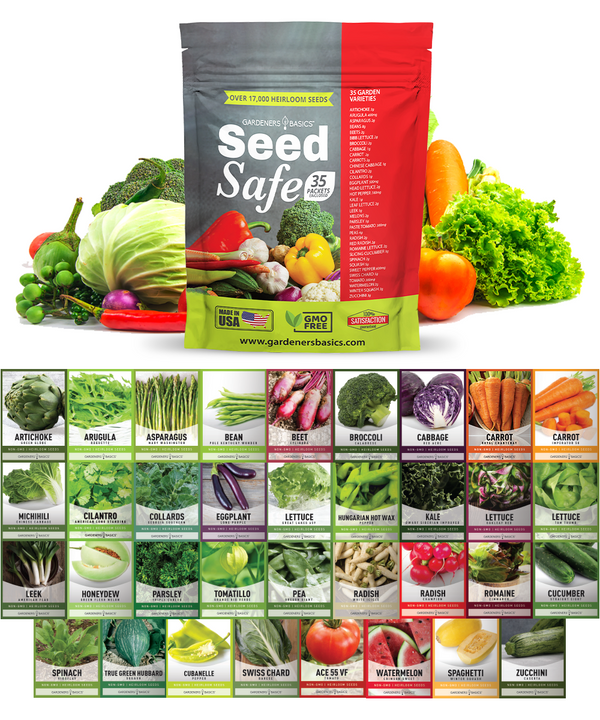
$29.95
$49.95
Seed Safe Survival Seed Kit: The Ultimate Heirloom Collection for Self-Sufficient Gardening Introducing the Seed Safe - 35 Varieties of Heirloom Vegetable, Herb, and Fruit Seeds, the ultimate solution for gardeners who want to secure a bountiful future harvest. This… read more
In conclusion, container vegetable gardening is an excellent option for beginners and those with limited space. By following this step-by-step guide and incorporating the essential elements of starting seeds, providing full sun, proper watering, and fertilizing, you'll be well on your way to a bountiful harvest. With a wide variety of types of vegetables to choose from and the ability to control your growing conditions, you'll soon find container gardening to be a rewarding and enjoyable hobby. Happy gardening!
 Frequently Asked Questions (FAQ) What is Container Vegetable Gardening?
Frequently Asked Questions (FAQ) What is Container Vegetable Gardening?
Here are some common questions and answers about container vegetable gardening to help you get started:
Q: Can I grow vegetables indoors in containers?
A: Yes, you can grow vegetables indoors in containers as long as you provide adequate light, either through a sunny window or by using grow lights. Choose compact, dwarf, or container-specific varieties for best results.
Q: How do I know when to water my container garden?
A: Check the moisture level of your pots daily by touching the top inch of the soil. If it feels dry, water thoroughly. Containers can dry out quickly, especially during hot weather or if they're made of porous materials like terra cotta.
Q: What size container should I use for my vegetables?
A: In general, containers should be at least 12 inches deep and wide enough to accommodate the types of vegetables you intend to grow. Larger containers hold more soil and retain moisture longer, reducing the need for frequent watering.
Q: Can I use garden soil or soil from my yard in my container garden?
A: It's best to use a high-quality potting mix in your container garden. Garden soil and soil from your yard can be too heavy, lack proper nutrients, and may introduce pests or diseases to your plants.
Q: How often should I fertilize my container garden?
A: Fertilize your container garden with a balanced, water-soluble fertilizer every 2-4 weeks, following the package instructions. Be cautious not to over-fertilize, as this can harm your plants.
Q: How do I prevent pests and diseases in my container garden?
A: Regularly inspect your plants for signs of pests or diseases, use organic pest control methods, encourage beneficial insects, and promptly remove any diseased or infested plant parts. Maintaining proper watering and fertilizing practices can also help keep your plants healthy and resistant to problems.



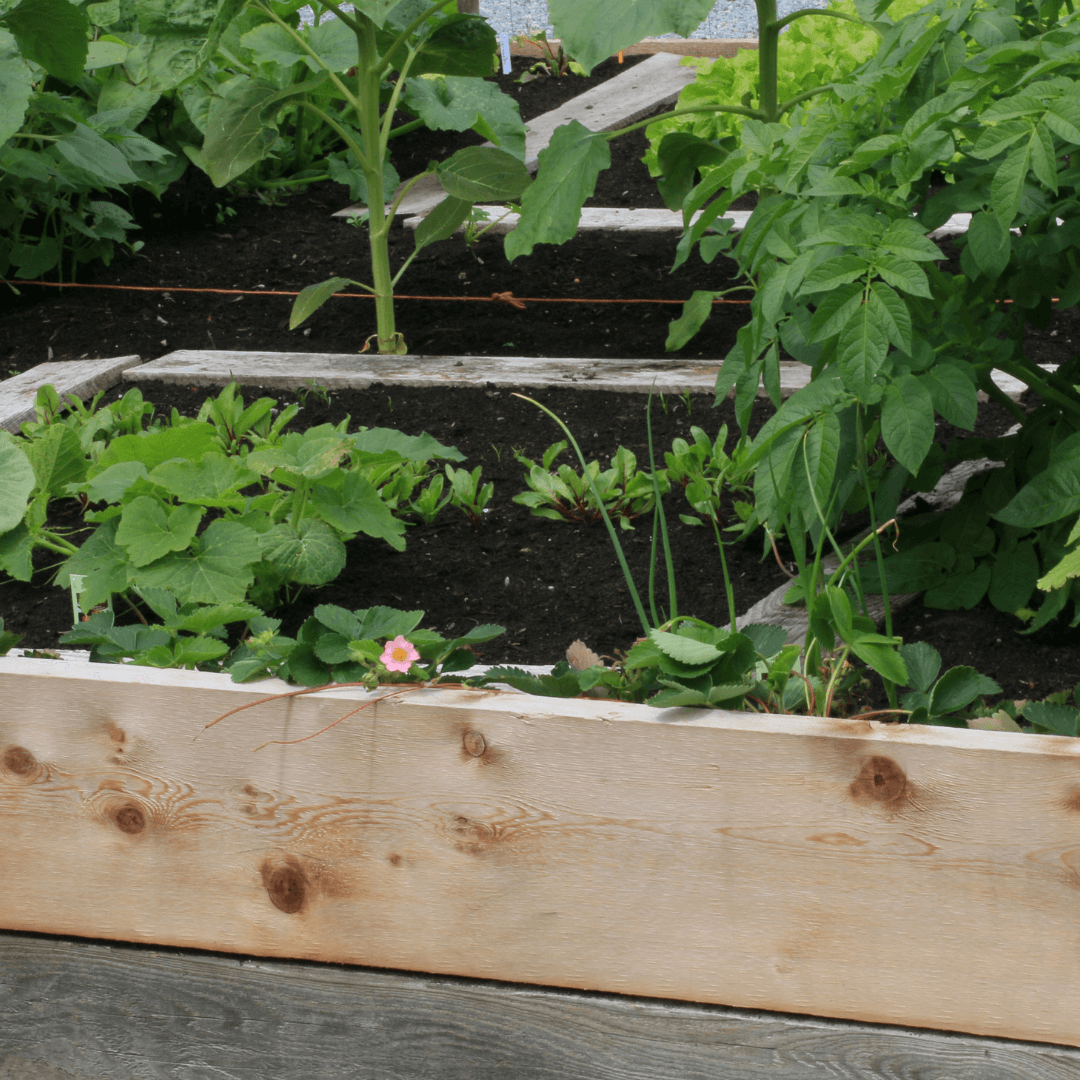

 Frequently Asked Questions (FAQ) What is Container Vegetable Gardening?
Frequently Asked Questions (FAQ) What is Container Vegetable Gardening?